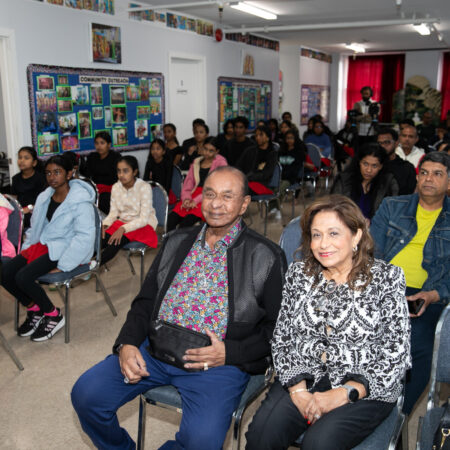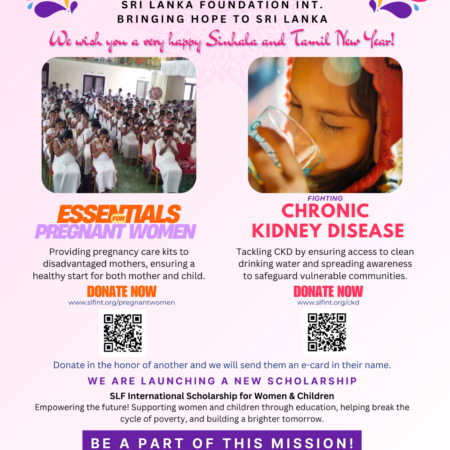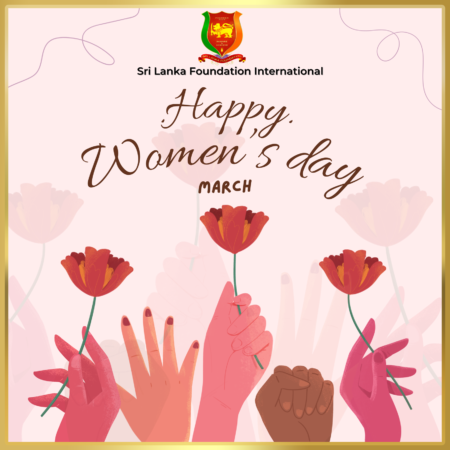by Ashley Lane
Our van momentarily picks up speed as we hurtle down the Colombo-Kandy Highway, which feels more like a back road than one of Sri Lanka’s major thoroughfares. Within seconds, we lurch forward as the driver slams on the brakes to avoid hitting a tuk-tuk that has darted out in front of us. This goes on for the majority of our three-hour drive through the mountains, from the capital, Colombo, to Kandy.
Later, at the Ozo Kandy hotel, we speak with Krishantha Damunupola, the property’s manager, over a delicious meal of dal curry and milk rice. He explains that construction of a major motorway is under way. This new road, dubbed the Colombo-Kandy Expressway, is expected to be completed by 2018, and will cut the current hair-raising, stomach-churning drive from Colombo airport to Kandy to an impressive 45 minutes. “It should have happened ages ago,” he laments.
Damunupola’s frustration with the government seems to be a sentiment shared by many people we come in contact with over the following few days. This is in spite of the country sitting on what feels like the brink of a new era. When I first visited the island in 2012, it was still recovering from a bloody civil war between the Sinhalese and Tamils, which lasted from 1983 to 2009. The following years saw the country overrun with heavily armed police, regular checkpoints and a latent uneasiness.
Four years on, things are very different. There are hints that the country’s economy is growing, with the capital’s skyline dotted with cranes and construction, and a number of new hotels readying to open. Yet despite this growth and change, many are still eager to openly discuss what officials aren’t doing for their people. From laws that change with every new government, many of which directly affect the tourism industry, to an oversubscribed public health system that we later find out has directly affected our guide and her family, the discontent with those in power seems to be a topic everyone is eager to discuss.
We arrive in the Unesco World Heritage-listed city of Kandy sleep-deprived and in desperate need of a shower. Often referred to as the cultural capital of Sri Lanka, the quiet city with a population of about 125,000 offers a mix of historical sites, colonial architecture, and excellent hiking opportunities – not to mention it’s an ideal summer getaway for UAE residents, thanks to it being about 15°C cooler during the summer. Guesthouses and hotels pepper the surrounding hills, ranging in price from cheap-and-cheerful to mid-range.
Following a quick break to freshen up at the Ozo Kandy, we’re ushered down the hill and across the street to one of the city’s main draws: Kandy Lake (or Kiri Muhuda). Built in 1807 by King Sri Wickrama Rajasinghe, the tree-lined, 3.4-kilometre artificial lake is home to an impressive array of wildlife that uses the surrounding flora and water’s edge as a nesting site. I spot an unsettlingly large monitor lizard following us, dipping in and out of the water as we stroll along the lake perimeter.
Despite the heat of the summer and lingering threat of rain that, in mid-May, often results in ferocious downpours and vibrant lightning shows, the lake draws hordes of residents and tourists. While it makes for prime photo ops, it also acts as a direct route to the Temple of the Sacred Tooth Relic. Situated in the royal palace complex of what was the former Kingdom of Kandy, the golden-roofed temple, a Unesco World Heritage Site, is home to the tooth of Buddha, Sri Lanka’s most important Buddhist relic. Though the temple was severely damaged by a car bomb in 1998, it has since been restored to its former glory. After paying 1,500 Sri Lankan rupees (Dh38) and removing our shoes, we make our way over to a golden, stupa-shaped casket that houses the tooth (the tooth itself is not actually visible). During the next hour, we dip in and out of corridors and rooms, exploring the Alut Maligawa, a newly built shrine hall that showcases dozens of sitting Buddhas, the open-air Audience Hall, and the World Buddhist Museum.
The next morning, after a breakfast of string hoppers and fish curry, we make our way to the Geragama Tea Factory, 15km south-west of Kandy. The factory, built in 1903, is government-run, and said to churn out about 4,500 kilograms of tea per day. As we make our way into the inconspicuous white building, we’re hit by a stifling wave of heat. The dark, cramped, low-ceilinged room is filled with several tea pickers who have taken shelter from the rain that has begun to fall heavily outside, plus long rows of tea leaves set out to dry, and a woman pushing large clumps of tea through a single hole in the floorboards. Our guide gives a quick briefing on the types of tea produced by the factory – black, green and silver – before ushering us downstairs to the bowels of the factory.
In the far corner, the tea from upstairs falls into large baskets, and is set onto a contraption that rolls and twists the leaves. Around the room, large, steel machines heave as they roll, dry and sort the tea. Our guide proudly notes that the factory hasn’t succumbed to modern technology – these devices date back to Geragama’s establishment.
Back upstairs, we sample black tea with a small cube of dodol, a Sri Lankan sweet made from rice flour, coconut milk and cashew nuts. The discussion turns to the unfortunate irony of how it’s nearly impossible to find a decent cup of Ceylon tea in Sri Lanka, apart from at factories and souvenir shops that sell it in bulk and to tourists. Instead, one of the country’s main agricultural resources is easier to find at your local supermarket back home than in the country it’s grown. Still, it’s well worth the visit to one of the country’s numerous factories for a first-hand look at how the popular beverage makes its way from farm to cup.
Our time in Kandy is, unfortunately, too short. The following afternoon, we board an ExpoRail train from Kandy back to Colombo. Though the car disconcertedly lurches from side to side as we pass through each village, the journey offers prime views of the lush surrounding mountain ranges, without the interruptions of traffic. The car is clean and air-conditioned, and a snack box with tea or coffee is complimentary with every ticket (1,450 rupees [Dh36]).
Back in Colombo, we spend our final hours there driving around the city. We stop at the Gangaramaya Temple – located across from Beira Lake – which has been dubbed one of the most important temples in Colombo. The midday heat begins to set in, and at this point I’m grateful for a stop at the air-conditioned Laksala. The shop sells locally made handicrafts and a variety of semi-precious and precious stones, and has several locations around the country.
Lunch and the remainder of our time exploring is spent at Barefoot, considered by some to be an institution in Colombo. The shop, founded in the late 1960s by artist Barbara Sansoni, sells brightly coloured handmade fabrics, linens, clothes, bags and toys. Outside, a working loom sits in the shop’s quiet courtyard – where we also enjoy our lunch – and allows the brand’s artisans to demonstrate weaving for guests.
As we head back to the Ozo Colombo hotel to check out, our driver gestures towards the city’s coastline. “A shopping area and casino will be built on a new island. Like Dubai,” he says. I later find out that the reclaimed land he’s referring to is a project initiated by China in 2014. It’s slated to include housing, a marina and a Formula One racetrack. When Sri Lanka’s president Maithripala Sirisena took power in 2015, he deemed it a potential “environmental disaster”, and the US$1.4-billion (Dh5.14bn) plan was suspended. Almost a year later, however, the plans are back on.
While this initiative is a mark of Sri Lanka’s ambitious development plans, it’s also telling of how quickly things can change in this ever-evolving country. What Sri Lanka will look like in another four years, one can only imagine.
alane@thenational.ae






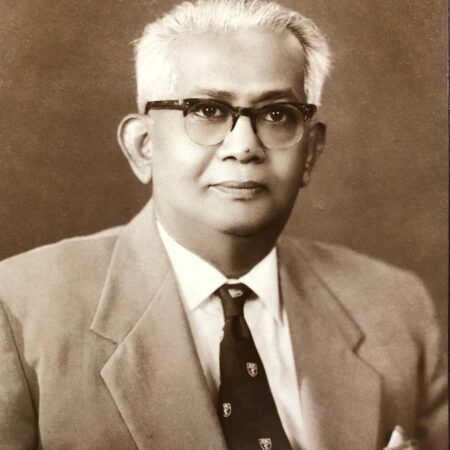
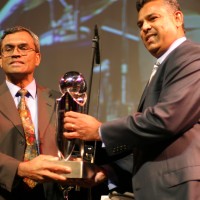


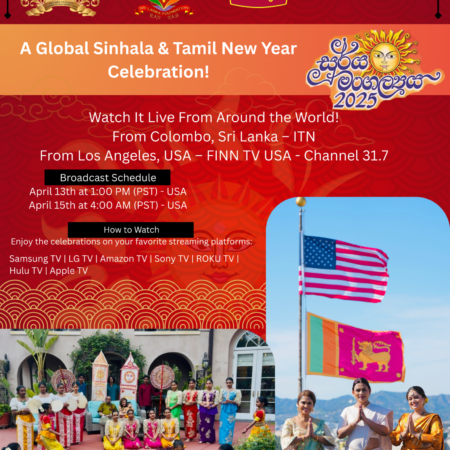
![TV-Poster-All-Exhibition-Sri-Lanka-in-Focus-USA-2025[1]](https://www.srilankafoundation.org/wp-content/uploads/2025/04/TV-Poster-All-Exhibition-Sri-Lanka-in-Focus-USA-20251-450x450.jpg)
